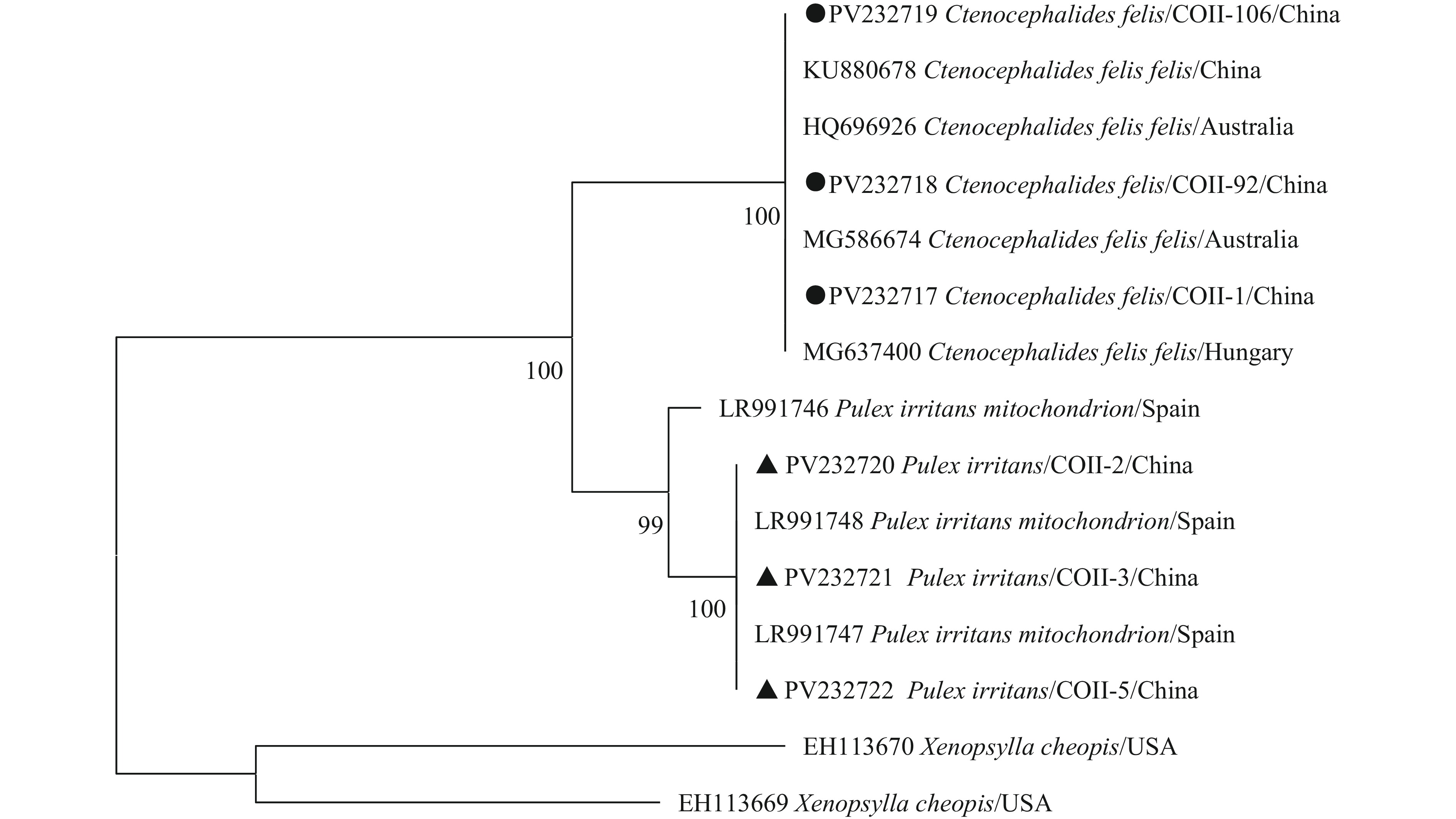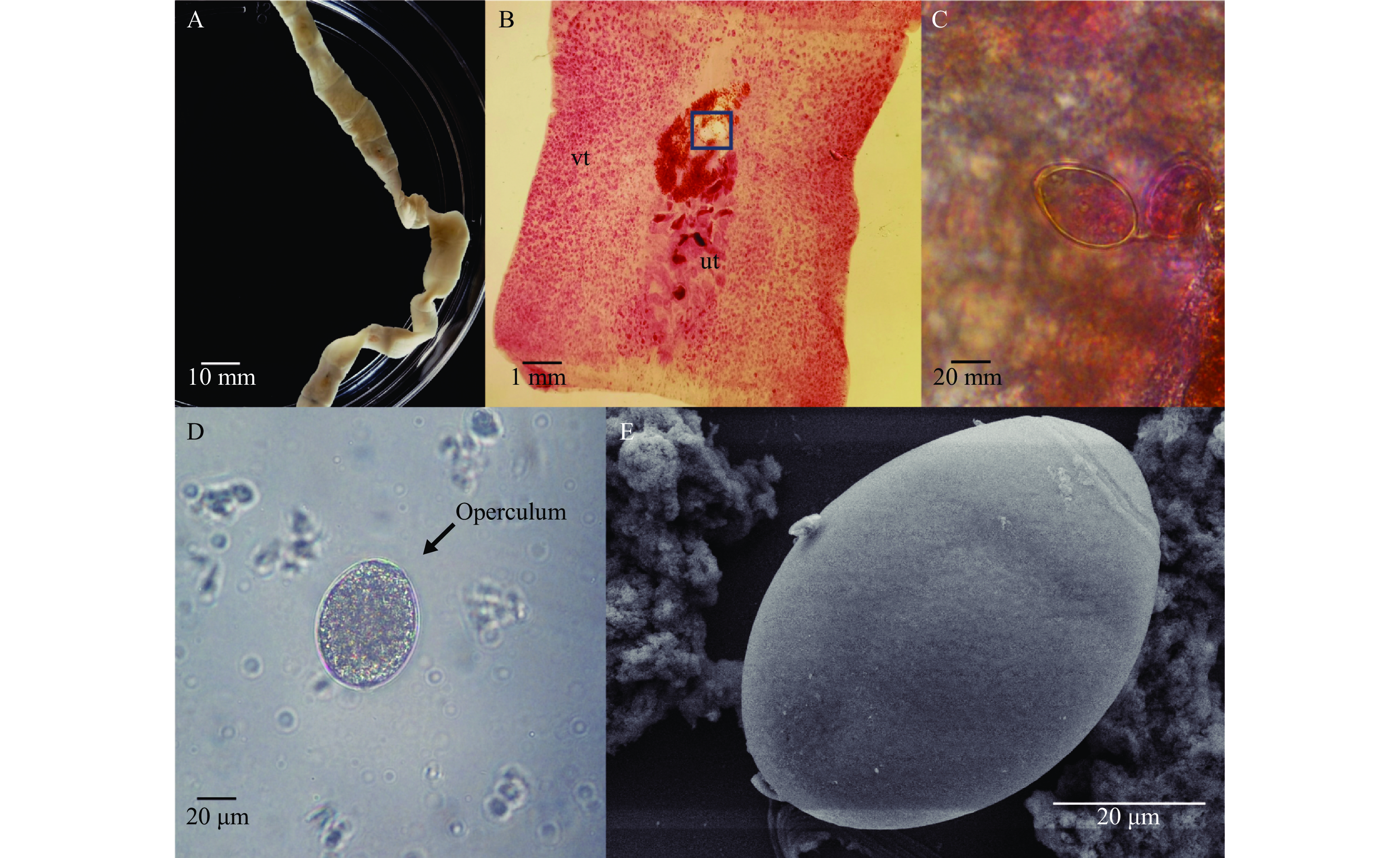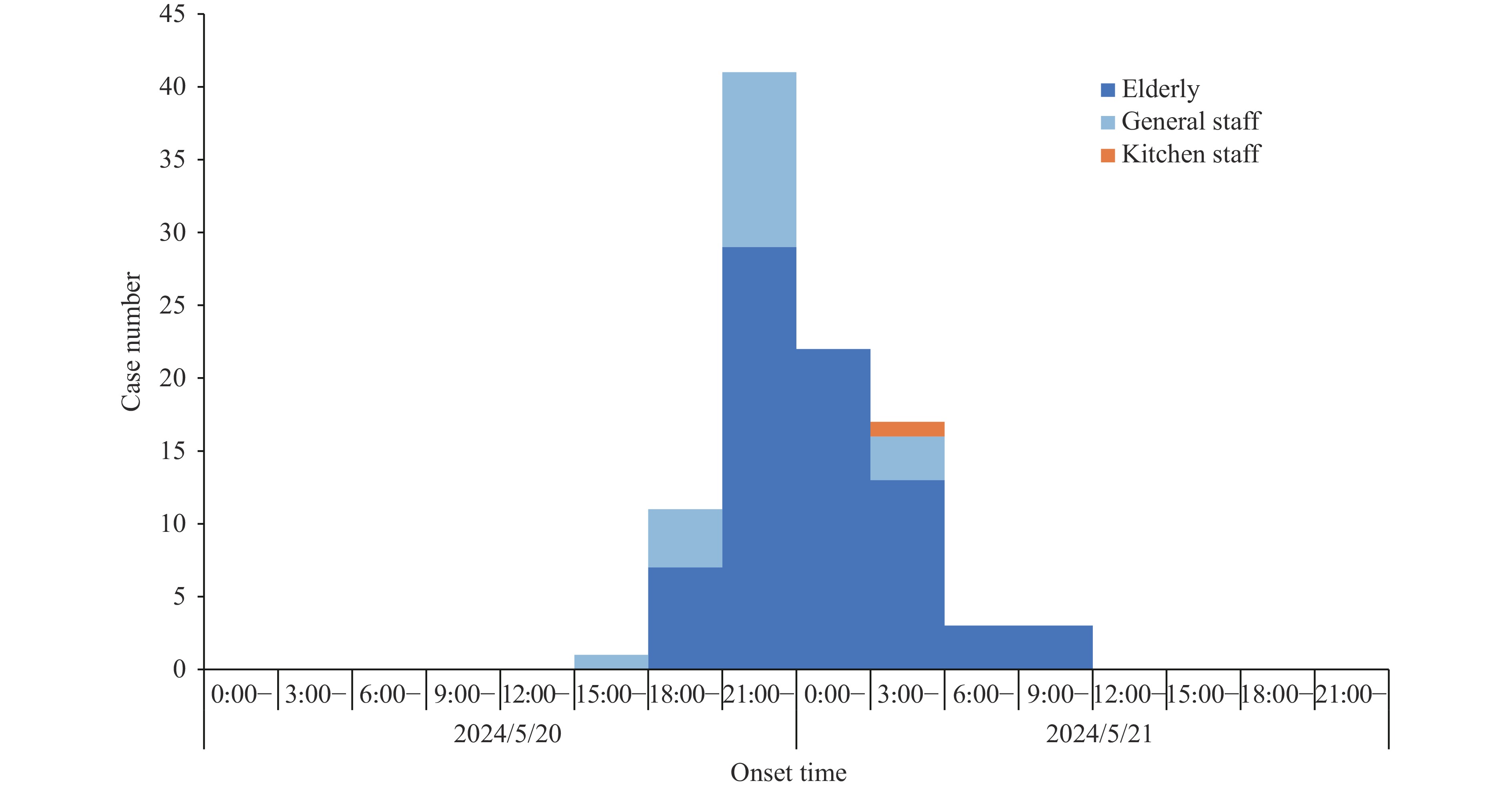2025 Vol. 7, No. 16
This study explores the midgut microbiota of mosquitoes in Haikou and Sanya cities, regions critical for understanding vector-borne disease dynamics in Hainan Province, China. It provides baseline data on microbial composition and examines their potential role in influencing mosquito biology and vector competence, while highlighting the need for further research into their association with vector-borne viral infections.
Adult mosquitoes were collected using light traps and human bait methods. Species identification was conducted through morphological examination and DNA barcoding using the cytochrome c oxidase subunit 1 gene (cox1). The V3–V4 hypervariable regions of the microbial 16S ribosomal RNA (rRNA) gene were sequenced using high-throughput methods to investigate the midgut microbiota. Statistical analyses, including Alpha and Beta diversity assessments of the sequencing results, were performed using SPSS 21.0 and R version 3.11.
The predominant mosquito species identified were Aedes albopictus, Armigeres subalbatus, and Culex pipiens. Microbiota analysis of 281 midguts revealed that Proteobacteria dominated (85.28%), with significant fractions being Alphaproteobacteria (52.14%), Gammaproteobacteria (29.90%), and Betaproteobacteria (3.22%). Other notable phyla included Firmicutes (6.24%), Actinobacteria (3.81%), and lesser quantities of Thermi, Cyanobacteria, and Bacteroidetes. Significant geographic variation in bacterial communities was observed between Haikou and Sanya (P<0.05), with unique taxa like Thermi and Cyanobacteria identified only in Haikou and Chlamydiae found solely in Sanya. The analysis revealed 204 overlapping species, with 473 unique to Haikou and 64 to Sanya.
This study revealed significant geographic differences in the midgut microbiota of mosquitoes from Haikou and Sanya, providing foundational data for understanding their potential impact on mosquito biology and disease transmission. While the direct relationship between these microbial variations and vector-borne disease dynamics requires further investigation, these findings underscore the importance of mosquito microbiota research as part of broader strategies to mitigate vector-borne disease risks.
Dengue fever represents a significant public health challenge in tropical and subtropical regions globally, including China. The effective management of dengue cases depends critically on accurate and timely clinical and laboratory diagnosis, supported by well-coordinated healthcare services.
This survey revealed that healthcare facilities still needed to enhance dengue case screening and public health education initiatives. Polymerase chain reaction testing capacity was severely insufficient and inconsistent reimbursement rates across health insurance types and institutional levels. Notably, significant variations in dengue diagnostic awareness existed across hospital levels, departments, ages, and professional titles (P<0.05). Targeted training significantly enhanced diagnostic competence [odds ratio (OR)=13.78, 95% confidence interval (CI): 2.94–64.65].
Healthcare facilities must maintain heightened vigilance during dengue fever outbreaks. Robust screening and diagnostic capabilities are essential for early case detection and management. Understanding and addressing identified deficiencies and their contributing factors can strengthen the response capabilities while offering valuable lessons for other regions.
Fleas are recognized as one of the most important vectors of various diseases in humans and animals. Studies have reported the distribution of fleas in different regions of China and the pathogens they carry. However, limited research exists on the detection and classification of flea-borne pathogens in Jiangxi Province. Additionally, we identified previously unreported pathogens in Pulex irritans.
In this study, 3 Ctenocephalides felis and 118 Pulex irritans collected from domestic dogs were tested for six pathogens.The results revealed that Pulex irritans carried six pathogens: Borrelia burgdorferi, Borrelia miyamotoi, Borrelia hermsii, Anaplasma phagocytophilum, Coxiella burnetii, and Rickettsia slovaca. This is the first report of these six pathogens in Pulex irritans.
Both humans and animals in Suichuan County, Ji’an City, Jiangxi Province, may be at risk from flea-borne infectious agents. Therefore, there is an urgent need for public health alerts, active flea surveillance and effective screening for infections in humans and animals in Suichuan County.
Dibothriocephalus dendriticus (D. dendriticus) is a recognized causative agent of diphyllobothriosis, a worldwide fish-borne zoonosis affecting up to 20 million people. It is predominantly distributed in circumboreal regions, and no human infections have been previously reported in China.
This is the first human case of diphyllobothriosis caused by D. dendriticus in China. We report the clinical and epidemiological findings, as well as the morphological and genetic characteristics of the parasite. Retrospective investigation suggests this was an autochthonous case acquired in China.
The increasing demand for fish products and raw foods poses a growing risk of diphyllobothriosis and potential economic losses. Attention should be paid to preventing D. dendriticus from becoming an emerging disease in China due to the globalization of food trade and global integration.
Clostridium perfringens is a gram-positive, anaerobic, spore-forming bacillus widely distributed in the environment. Enterotoxin-producing strains of C. perfringens can cause foodborne diarrheal outbreaks in humans, with incubation periods typically ranging from 2 to 36 hours.
Investigation identified 98 cases aged 22–99 years. All patients experienced diarrhea. The epidemic curve suggested a point-source outbreak. Chinese hamburgers were identified as the suspected food vehicle [odds ratio (OR)=6.6, 95% confidence interval (CI): 1.7, 37.1]. A total of 23 patient samples and 1 Chinese hamburger sample tested positive for C. perfringens.
The slow cooling process, a common procedure during the “lu” (卤) braising technique in Chinese cuisine, could potentially allow C. perfringens to proliferate significantly and produce toxins. Rapid cooling through the critical temperature range of 15–55 ℃ may effectively mitigate this risk.
Ticks function as critical vectors for a wide range of pathogens that pose significant risks to both human and animal health. In recent years, the number and diversity of tick-borne pathogens have increased at an unprecedented rate, elevating tick-borne diseases (TBDs) to a major public health concern on a global scale. TBDs present a dual challenge, not only affecting human populations but also causing substantial economic losses in livestock industries across the world. The geographic distribution of many TBDs is shifting, with emerging, re-emerging, and resurging cases influenced by environmental factors such as deforestation and climate change. In China, rapid urbanization and concurrent improvements in urban ecological conditions have contributed to the expansion of tick habitats and increased human exposure to tick populations. Recent research warns that ticks and their associated pathogens present significant risks in urban environments, particularly in locations such as parks, playgrounds, and zoos. Despite these threats, public awareness of tick-borne diseases remains critically low. This review consolidates current knowledge on tick species and tick-borne pathogens found in urban parks and proposes strategic control measures to inform effective tick management policies both in China and globally.



 Subscribe for E-mail Alerts
Subscribe for E-mail Alerts CCDC Weekly RSS Feed
CCDC Weekly RSS Feed


